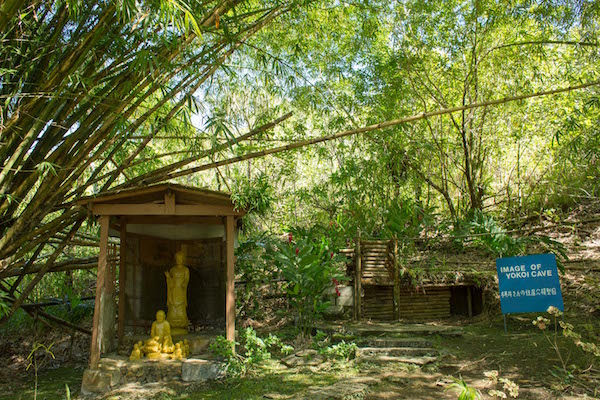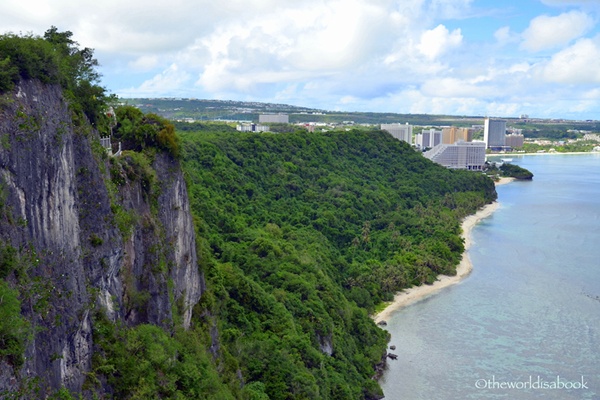A well-known Japanese soldier among both residents and visitors of Guam, Sergeant Shoichi Yokoi hid for more than a quarter century in the jungles of Guam. Even years after the war, Yokoi believed his fellow soldiers would return for him one day. He was convinced that the enemy still loomed and that he would be taken as a prison of war.

After hiding from invading American Forces in 1944 for years, he was discovered by Talofofo farmers in 1972. As he was led away, Yokoi begged to be killed on site. Two weeks after being discovered in the jungle, Yokoi returned home to a hero’s welcome.
Yokoi’s incredible story began in July 1944 when U.S. forces stormed Guam in efforts to recapture the island from Japanese control. The Japanese, of course, lost the battle and contact on the ground was severed with soldiers such as Yokoi.
Yokoi’s story was published in 2009 by his nephew, Omi Hatashin. Tools of his survival are now displayed in the Guam Museum in Hagåtña. Yokoi’s tools included an eel trap and a handmade loom. Yokoi’s Cave is a popular visitor site on Guam. The underground structure was supported by strong bamboo canes. Visitors to Guam can take a short ropeway ride to Yokoi’s Cave, located on the site of the original cave at Talofofo Falls Resort Park. The original cave was destroyed in a typhoon.
“They took enormous care not to be detected, erasing their footprints as they moved through the undergrowth,” said Hatashin in an interview with BBC News.
Yokoi, of course, suffered often from illness, but tried desperately not to lose his will to live. He once wrote, “No! I cannot die here. I cannot expose by corpse to the enemy. I must go back to my hole to die. I have so far managed to survive but all is coming to nothing now.”
Yokoi remarried upon his return and died in 1997 at the age of 82.
Listen to Omi Hatashin’s interview with his uncle on BBC World Service.
Images via BBC News










